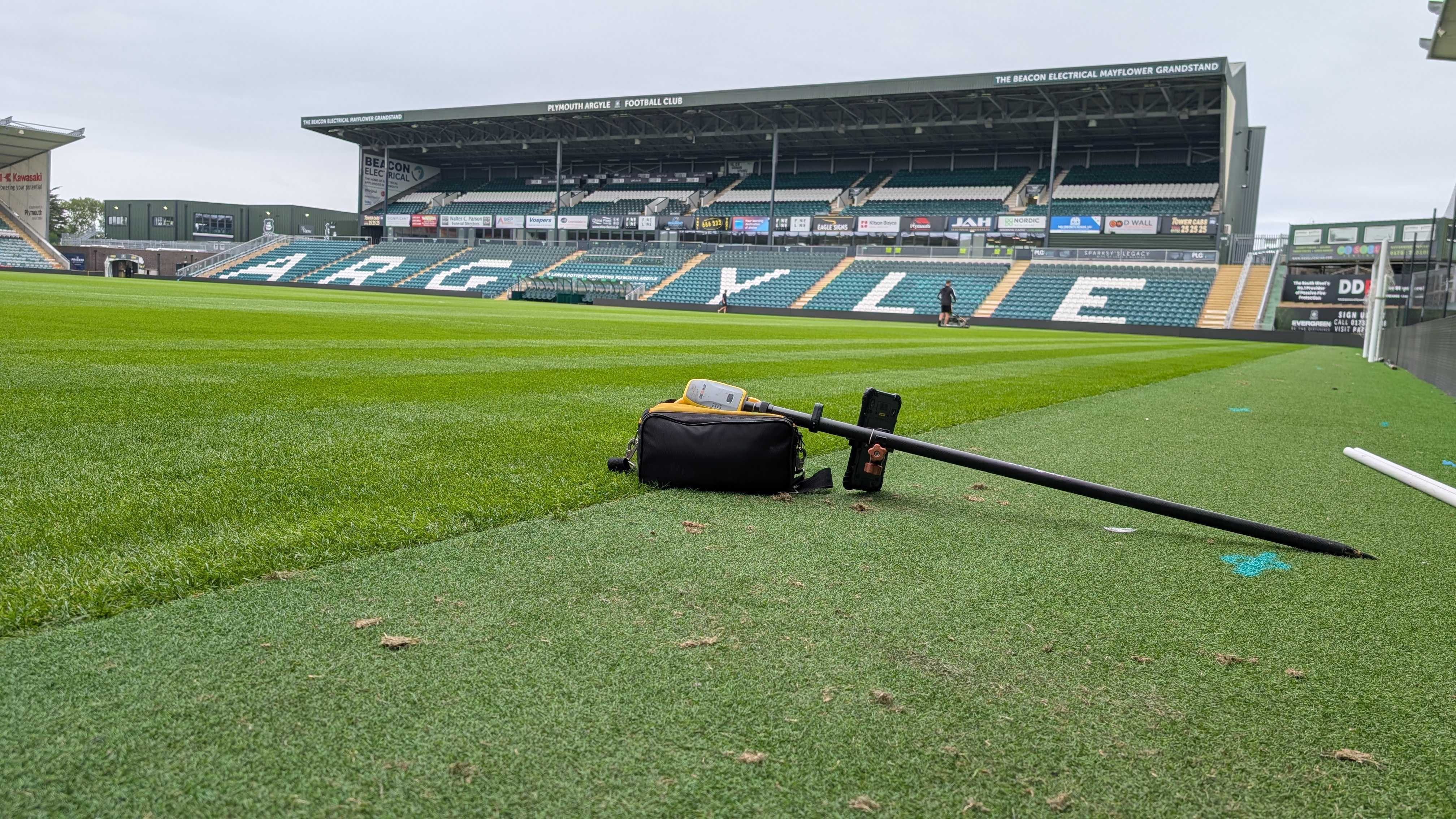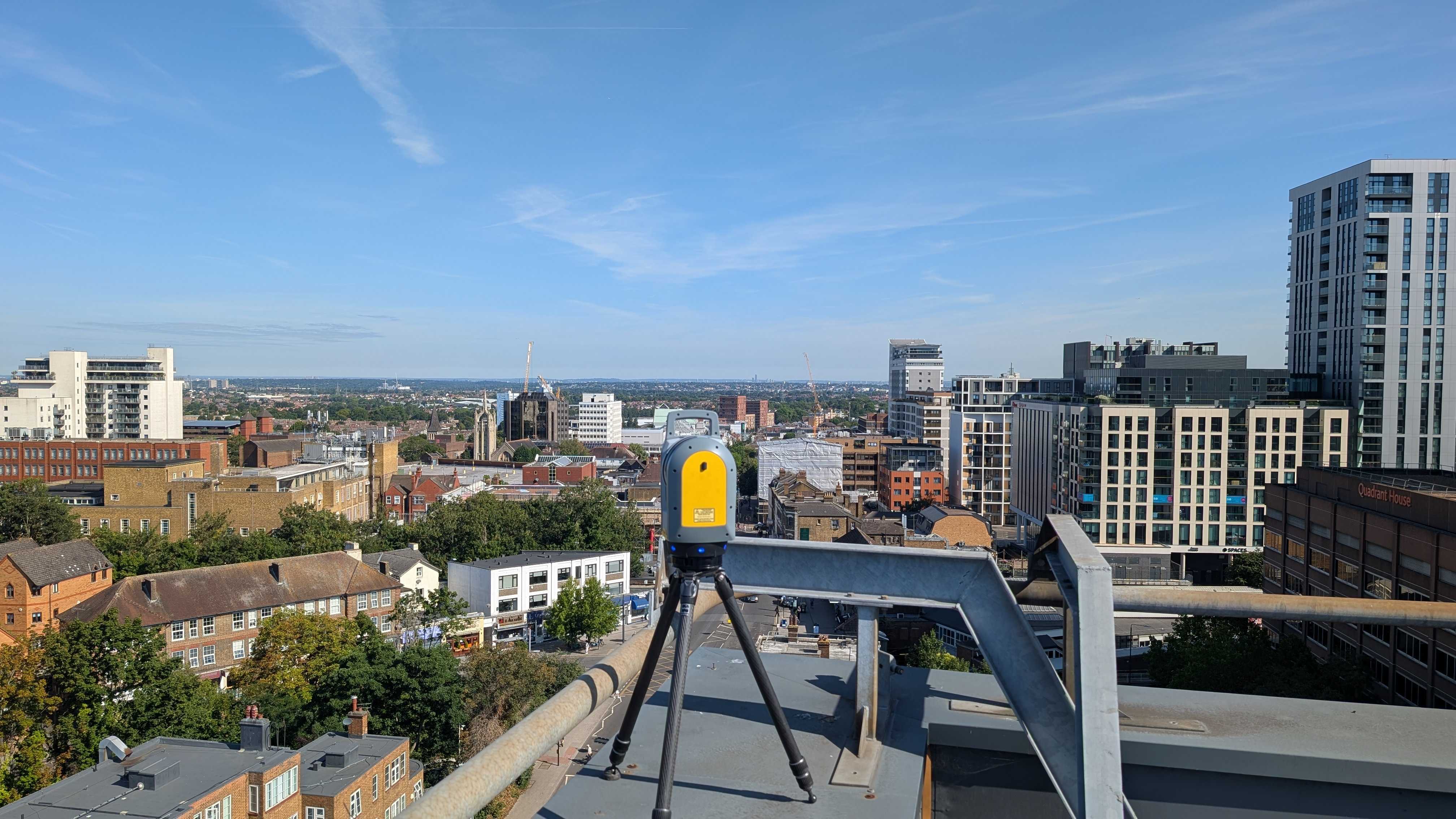The conventional methods employed for locating chimney flues have long been plagued by inherent challenges, manifesting in disruptive, costly, and uncertain outcomes.
Traditional techniques often involve intrusive measures such as drilling or cutting into walls, leading to structural damage and subsequent repair expenses.
However, amidst these challenges, Ground Penetrating Radar (GPR) technology appears.
This revolutionary advancement is reshaping the landscape of chimney flue location, offering a level of accuracy while mitigating the disruptive and costly aspects associated with traditional methods.
In this blog, we delve into the transformative impact of GPR, unravelling its capabilities to accurately pinpoint chimney flue positions.
Pain Points Of Traditional Methods
The conventional approach to locating chimney flues often necessitates the implementation of destructive and intrusive techniques. Practices such as drilling into walls or cutting through structures introduce a host of challenges, including the risk of structural damage and subsequent repair costs. Property owners and construction professionals grapple with the inconvenience caused by these disruptions, leading to delays and challenges in adhering to project timelines.
These methods, while historically employed, underscore the need for a more sophisticated and less invasive solution.
The lack of accurate data can result in costly mistakes during construction, potentially compromising safety and leading to setbacks.
GPR Solutions
By leveraging advanced radar waves, GPR achieves unparalleled accuracy in pinpointing the exact positions of chimney flues without resorting to invasive methods such as drilling or cutting.
This precise positioning capability addresses the longstanding challenge of uncertainty, providing construction and renovation professionals with reliable data for informed decision-making.
Unlike traditional methods, GPR operates non-intrusively, allowing for seamless integration into ongoing projects without causing structural damage. This characteristic not only expedites project timelines but also enhances the overall experience for property owners and construction professionals by minimizing disruptions to daily activities.
Furthermore, by avoiding damage to the underlying structure, GPR eliminates the need for extensive repairs that often accompany traditional methods. The resultant cost-efficiency positions GPR as a financially astute choice, optimising resources and contributing to the economic viability of construction and renovation projects.
In addition to its accurate positioning capabilities, GPR excels in providing precise data that can be seamlessly integrated into Computer-Aided Design (CAD) formats. This conversion ensures that construction and renovation professionals have access to detailed and accurate information, facilitating the planning and execution of projects with unprecedented precision.
Intersect Surveys And GPR
Through GPR surveys, Intersect Surveys offers a comprehensive solution.
By scanning the entire site in a grid pattern, capturing images, and utilizing specialised software for post-processing, a GPR Survey serves as a standalone service to target specific features.
The result is a detailed report or annotated site plan tailored to the client's specifications, providing valuable insights into the findings related to the identified target features.
For chimney flue location, this type of survey is ideal.
Conclusion
In conclusion, Ground Penetrating Radar (GPR) technology emerges as a crucial tool, addressing and alleviating the pain points inherent in traditional chimney flue location methods.
By eliminating the need for invasive techniques, GPR ensures accurate positioning while minimising disruption during maintenance, repairs, or renovations. Its cost-efficiency, stemming from the prevention of structural damage, not only saves on repair expenses but reshapes the financial landscape of construction projects. The conversion of GPR data into CAD format enhances precision, providing construction professionals with detailed, reliable information for efficient decision-making.
Looking ahead, the widespread adoption of GPR technology promises to redefine construction practices, offering a streamlined, informed, and sustainable approach to chimney flue location and beyond.
If you are working on a project involving chimneys, make sure to get in touch with Intersect Surveys for expert advice.
FAQs
- How does Ground Penetrating Radar (GPR) differ from traditional methods in chimney flue location?
GPR differs significantly from traditional methods by eliminating the need for destructive techniques like drilling or cutting into walls. Instead, GPR employs advanced radar waves to accurately pinpoint chimney flue positions without causing structural damage.
- Can GPR surveys be used for more than just chimney flue location?
Yes, GPR surveys offered by companies like Intersect Surveys Ltd provide comprehensive coverage of a site, making them versatile for identifying various underground features. The method involves scanning the entire site in a grid pattern, enabling the targeting of specific features beyond buried services.
- How does GPR contribute to minimizing disruption during construction projects?
GPR minimises disruption by operating non-intrusively. Unlike traditional methods, GPR does not require destructive works, allowing seamless integration into ongoing projects. This feature ensures minimal disruption during chimney maintenance, repairs, or renovations.
- How does GPR technology contribute to cost-efficiency in construction and renovation projects?
GPR technology contributes to cost-efficiency by preventing damage to the structure. The avoidance of extensive repairs, common with traditional methods, results in significant cost savings for property owners and construction professionals.
- Can the data obtained from GPR surveys be used for detailed planning in construction or renovation projects?
Absolutely. GPR data can be converted into Computer-Aided Design (CAD) format, providing construction and renovation professionals with precise and detailed information. This facilitates informed decision-making and enhances the overall planning and execution of projects.








